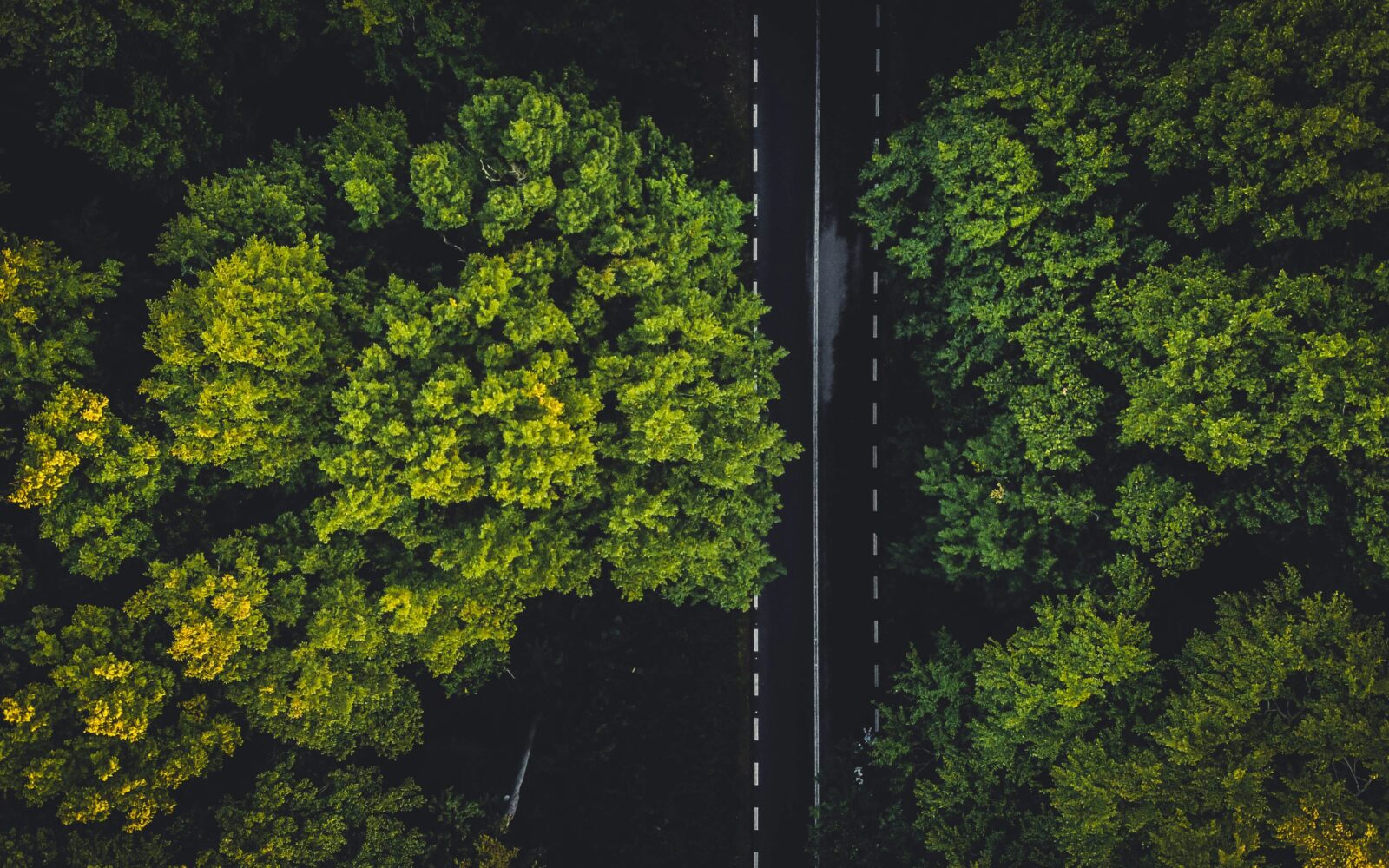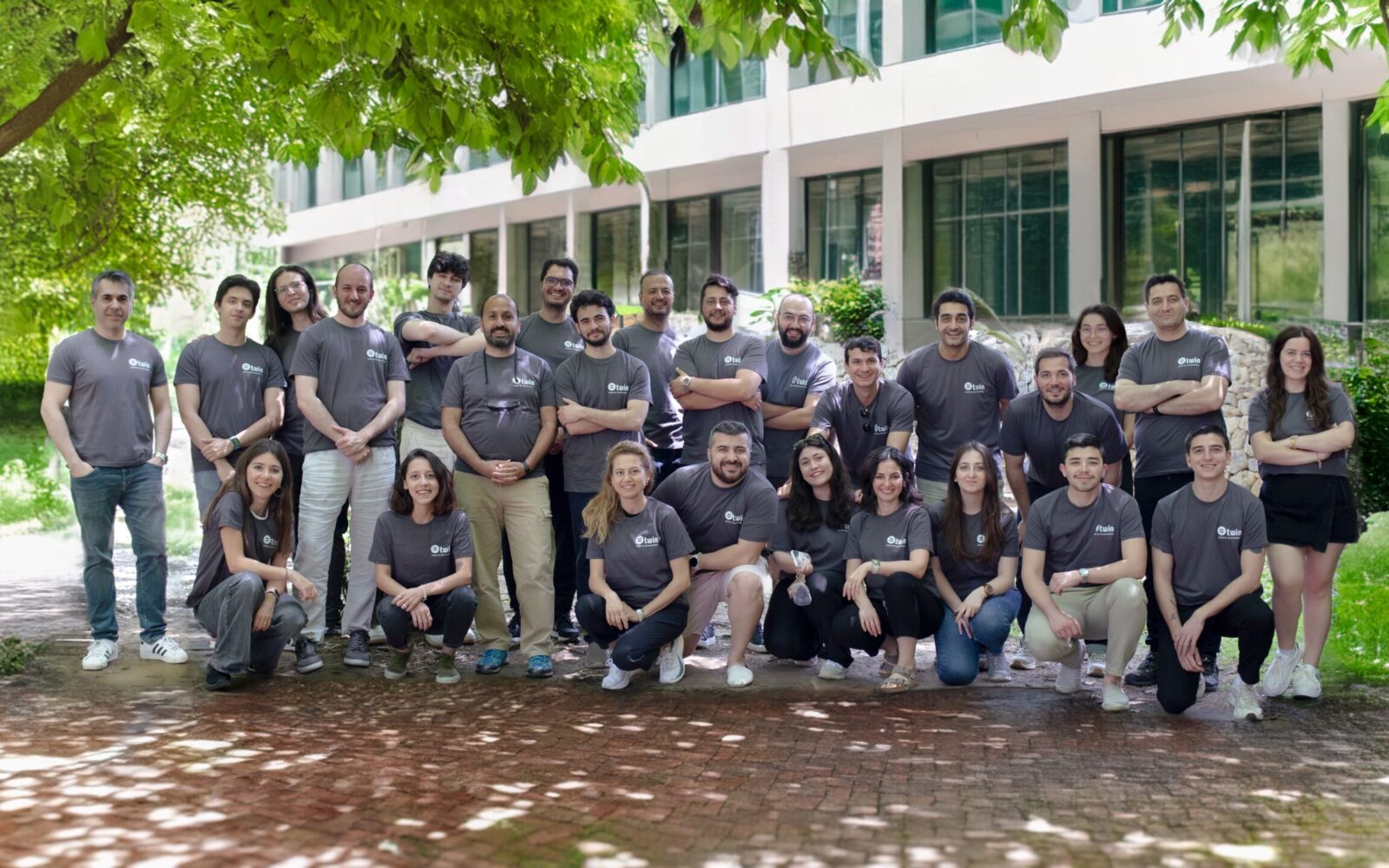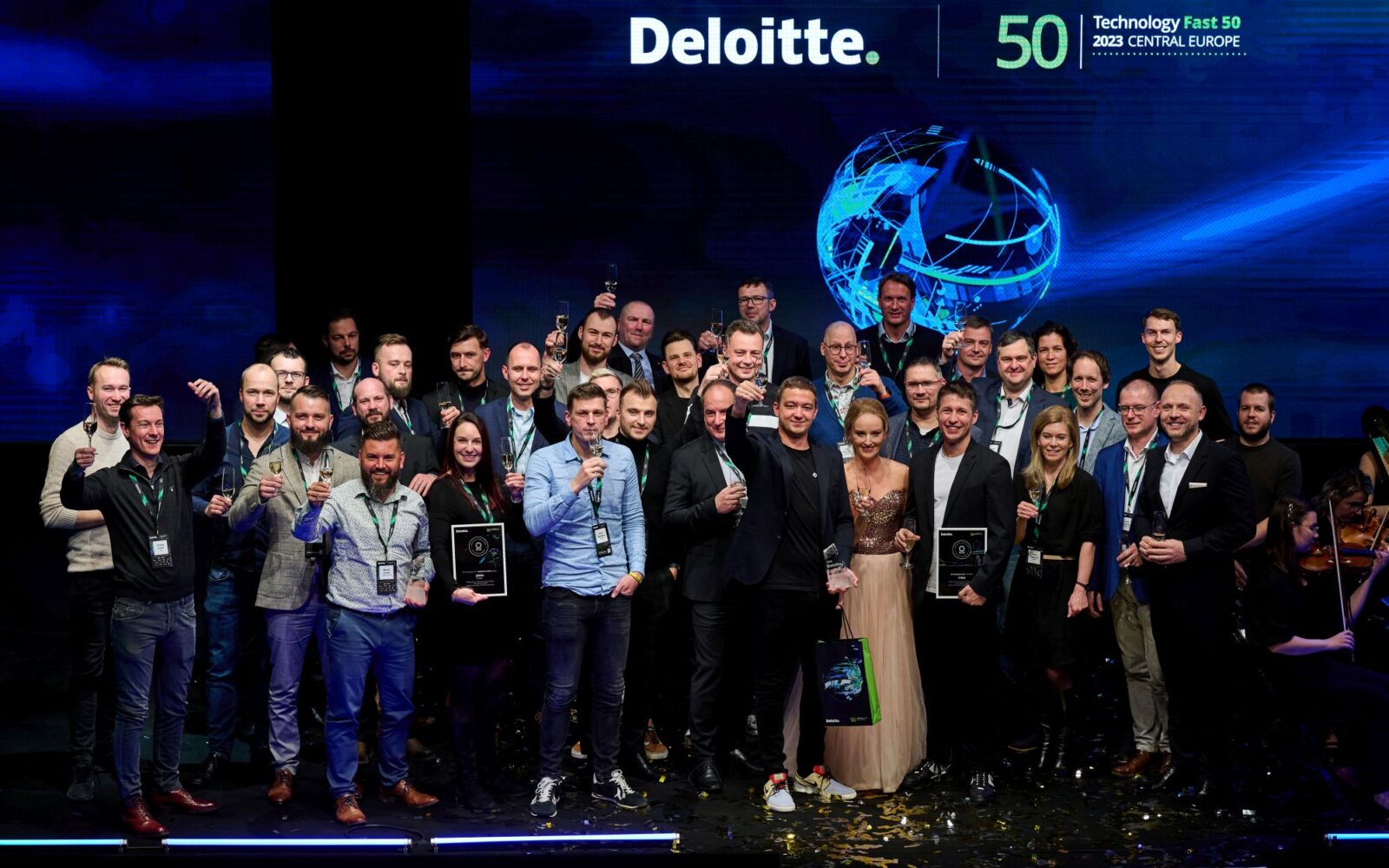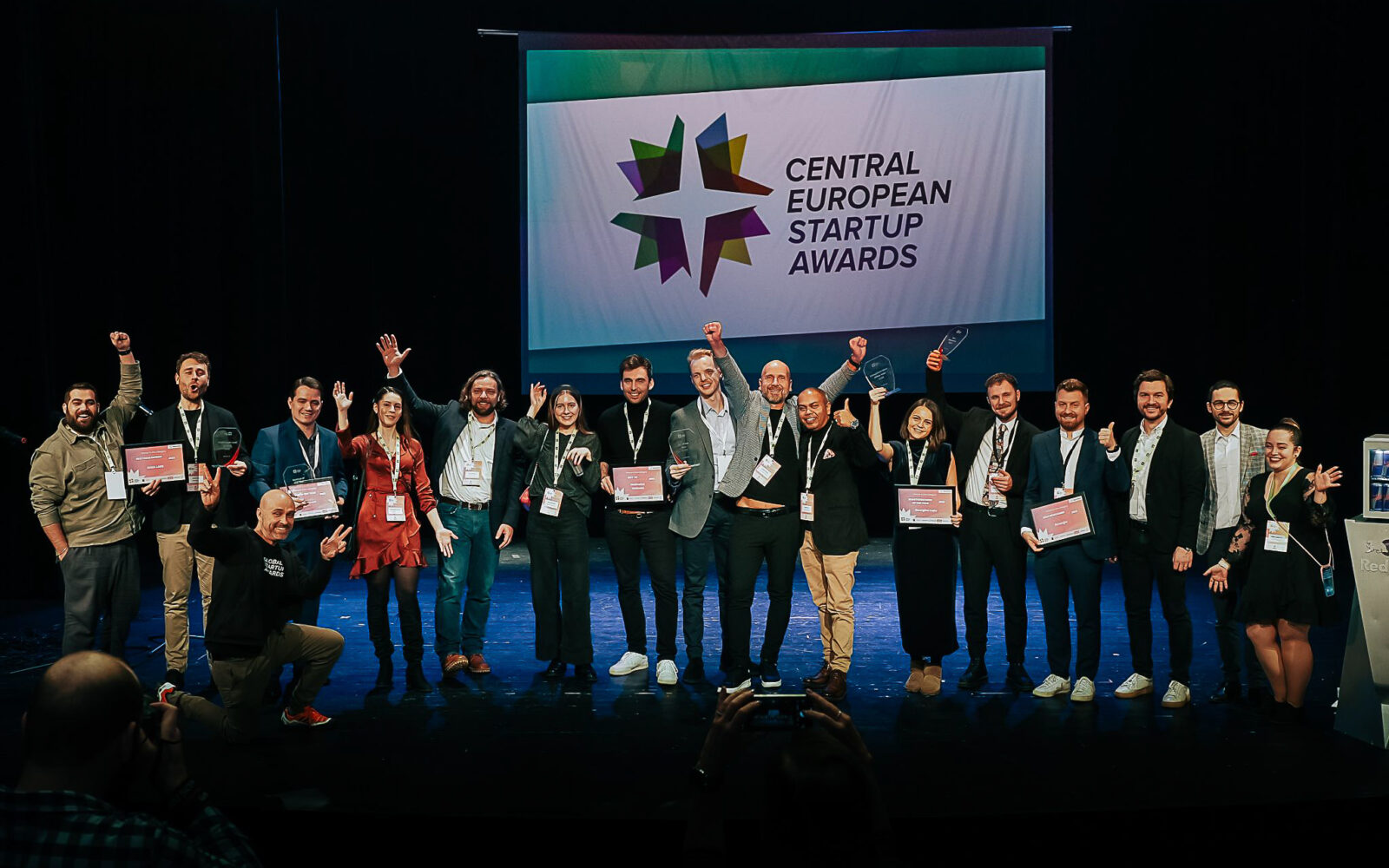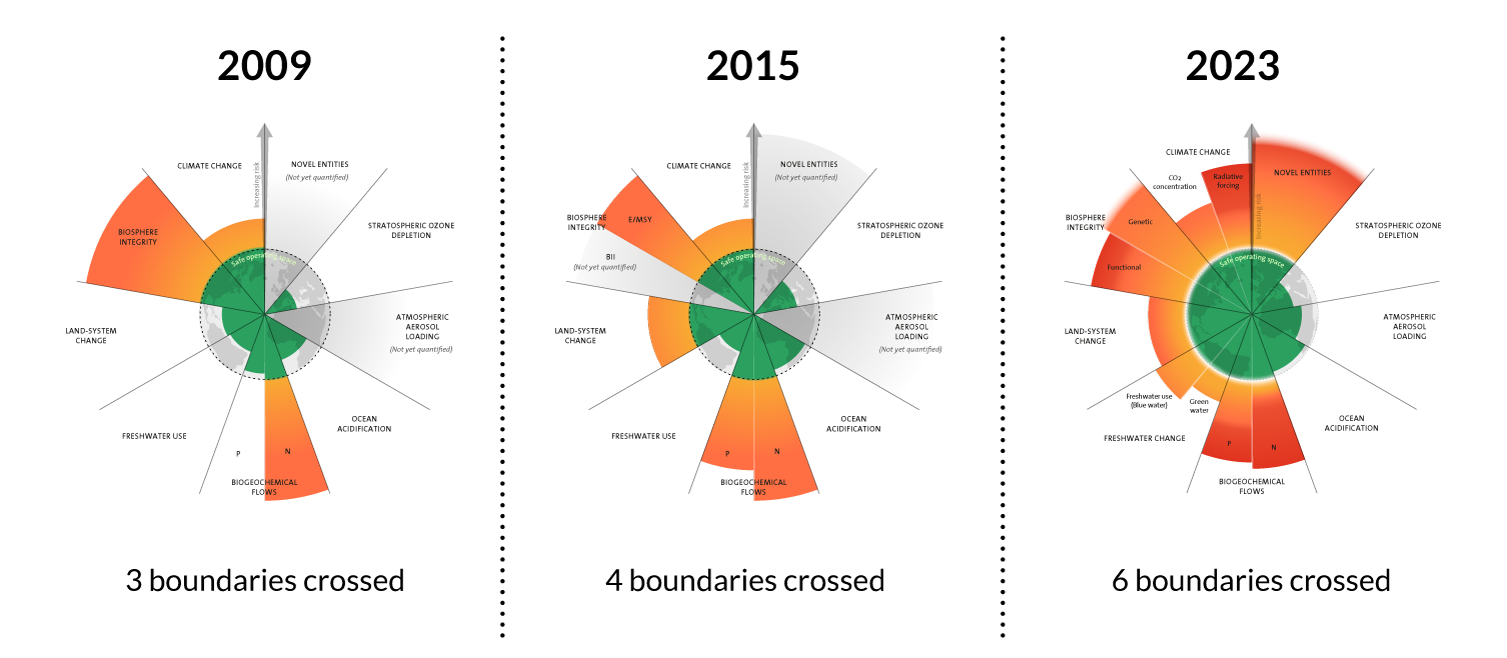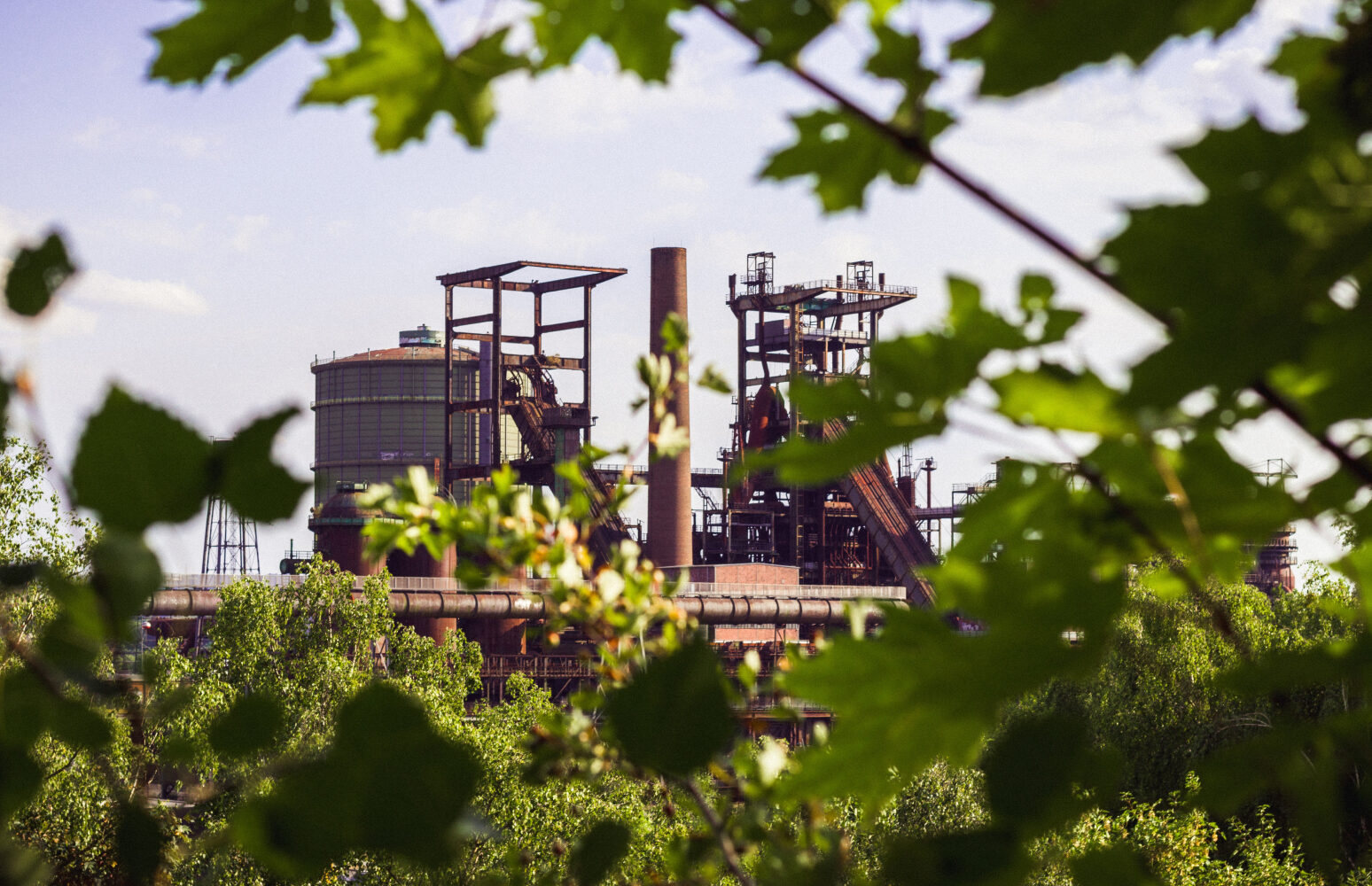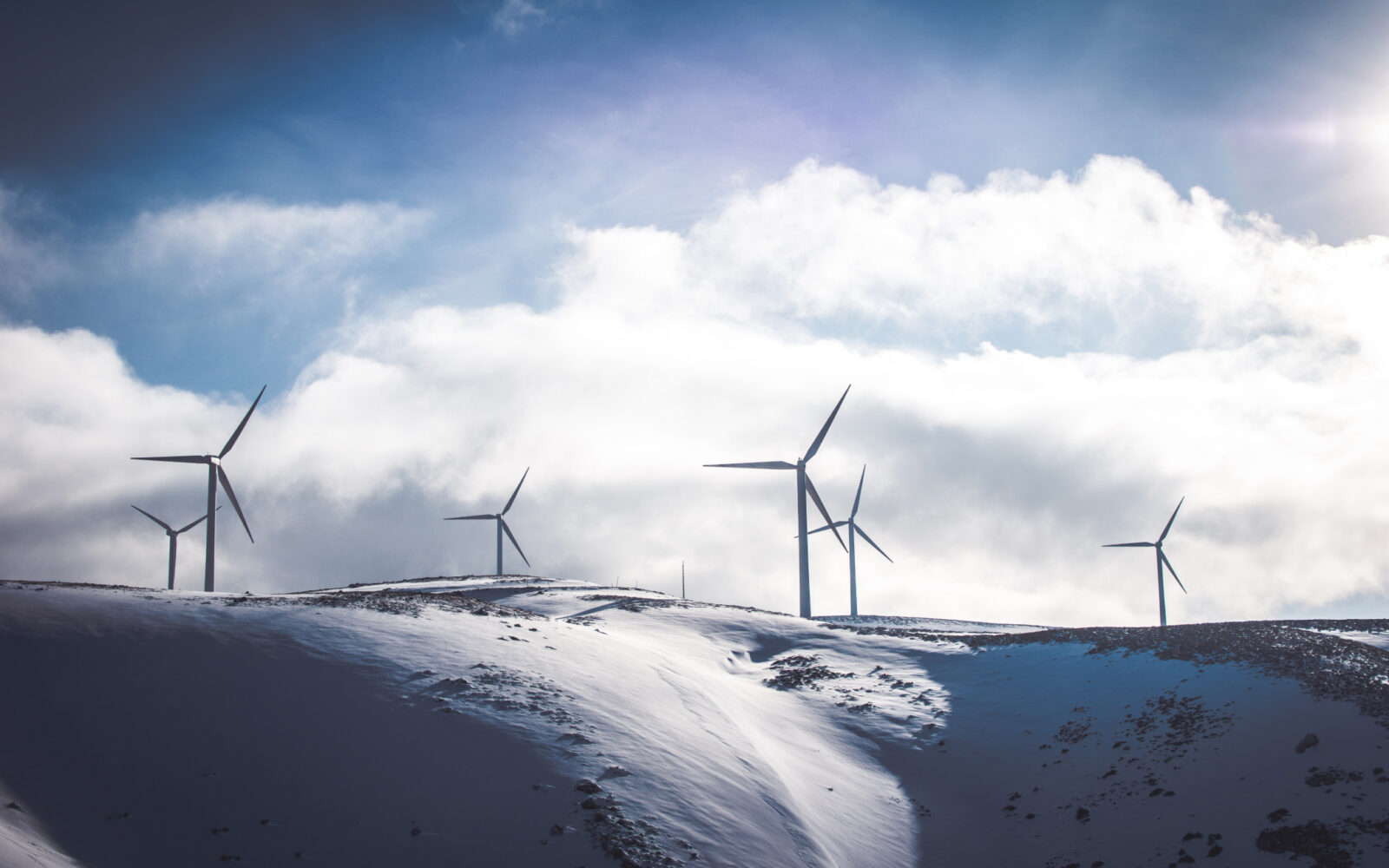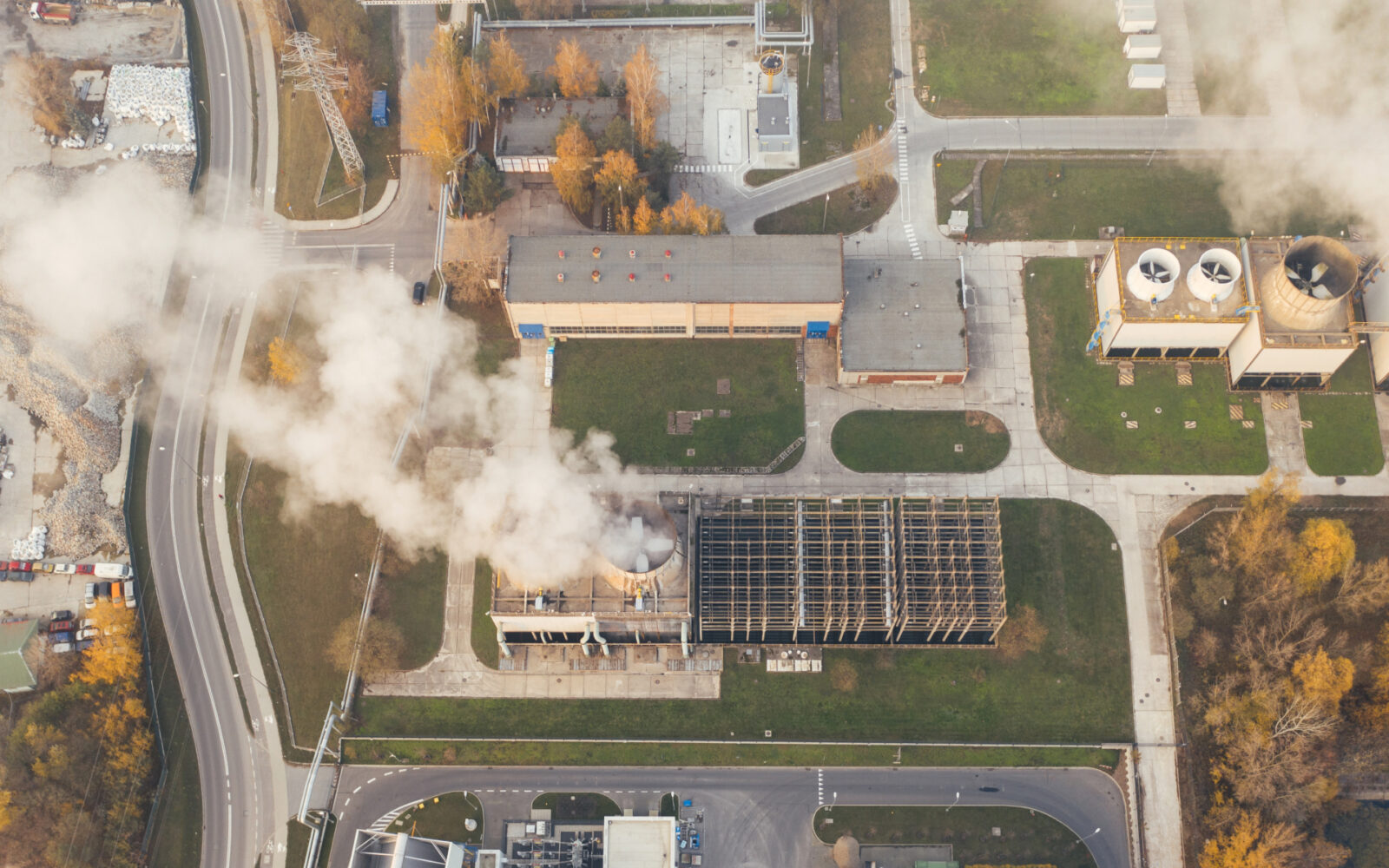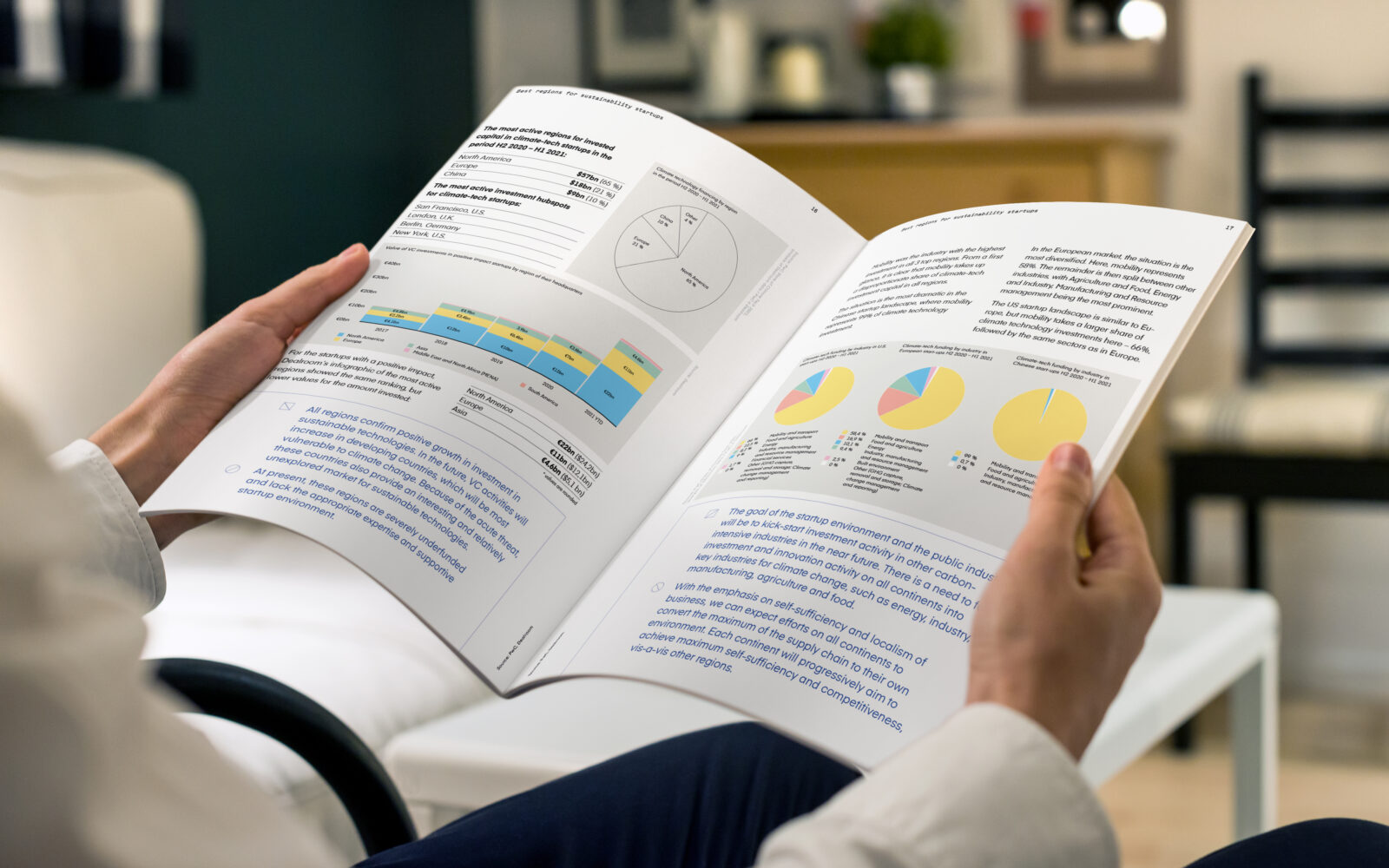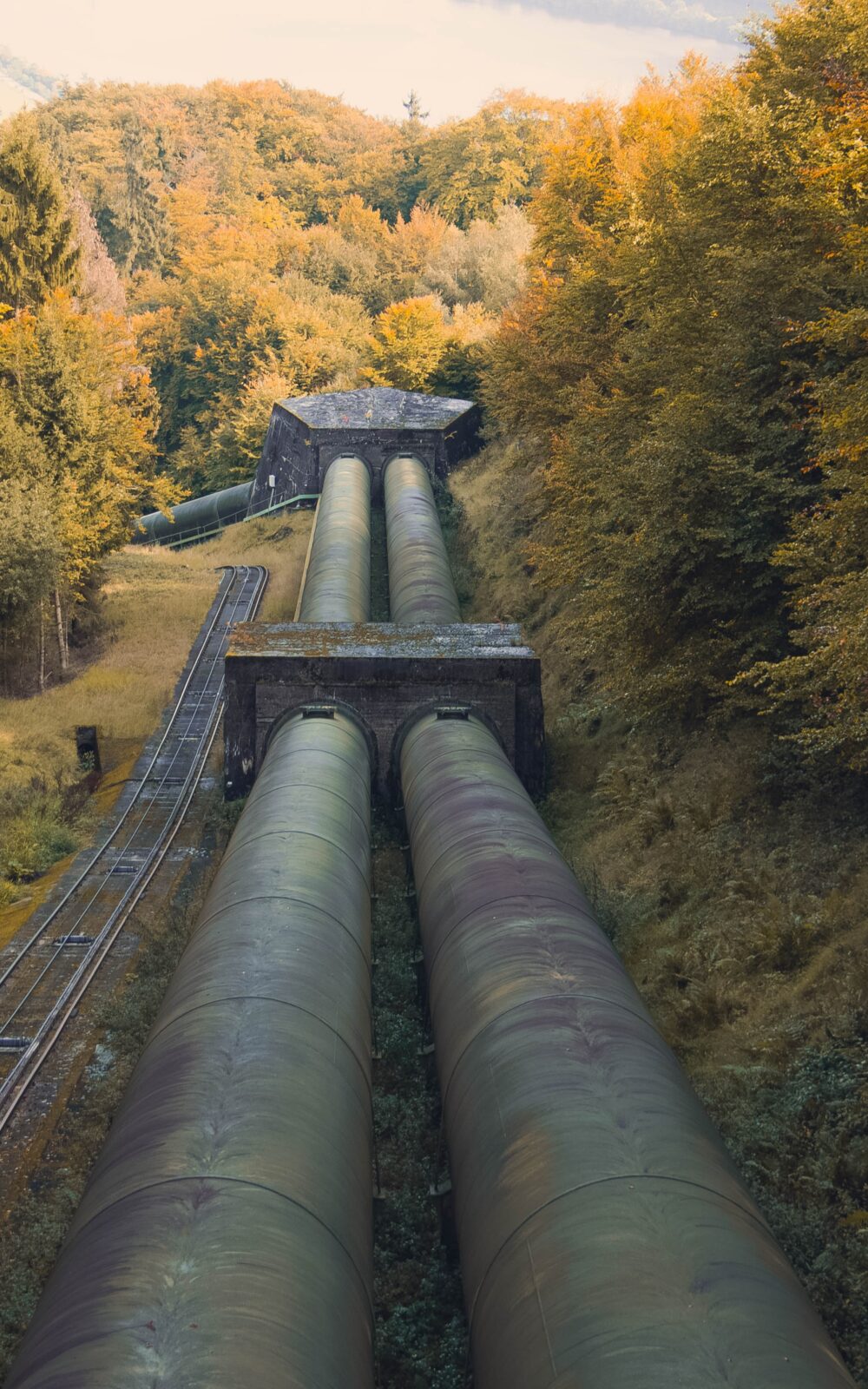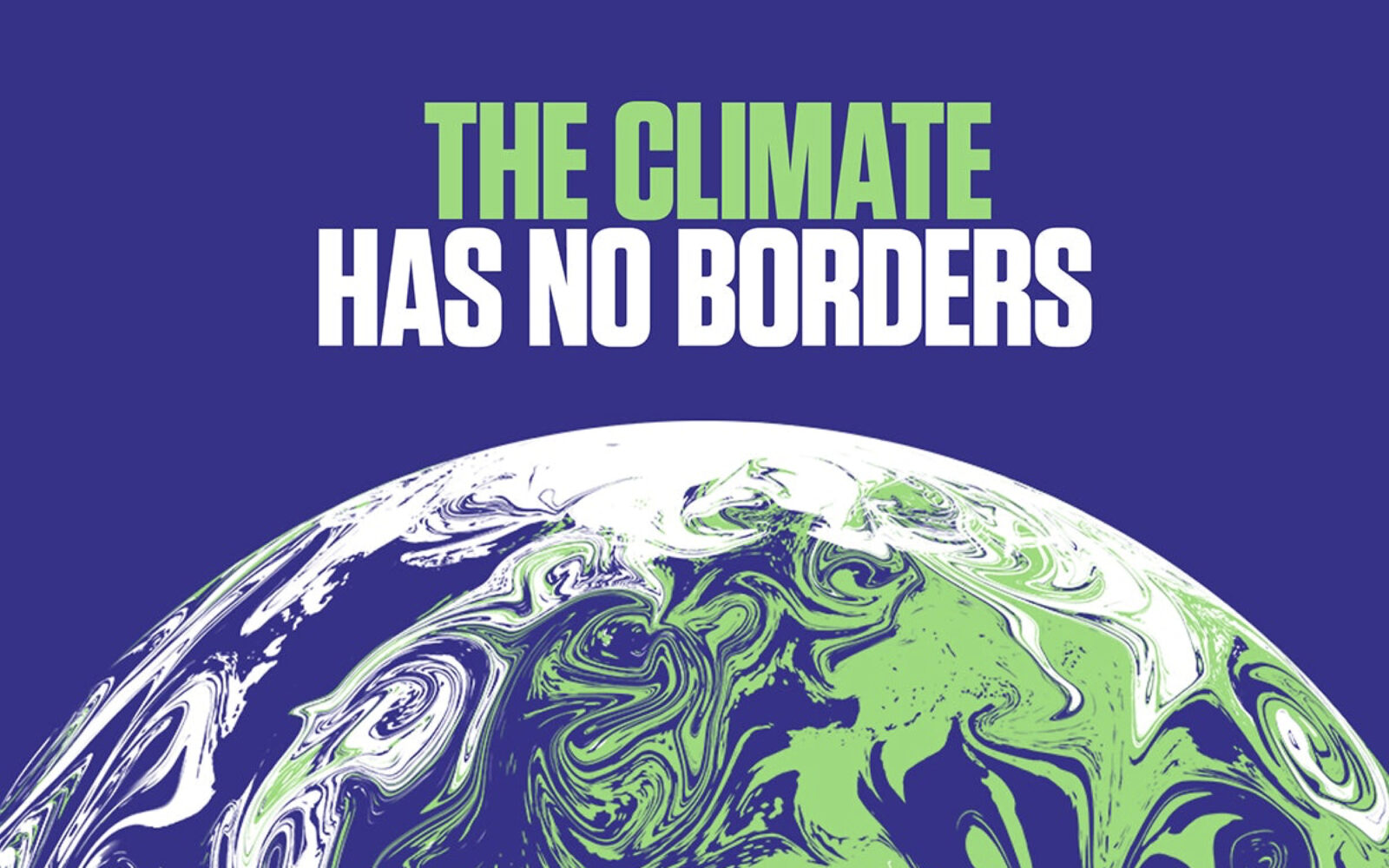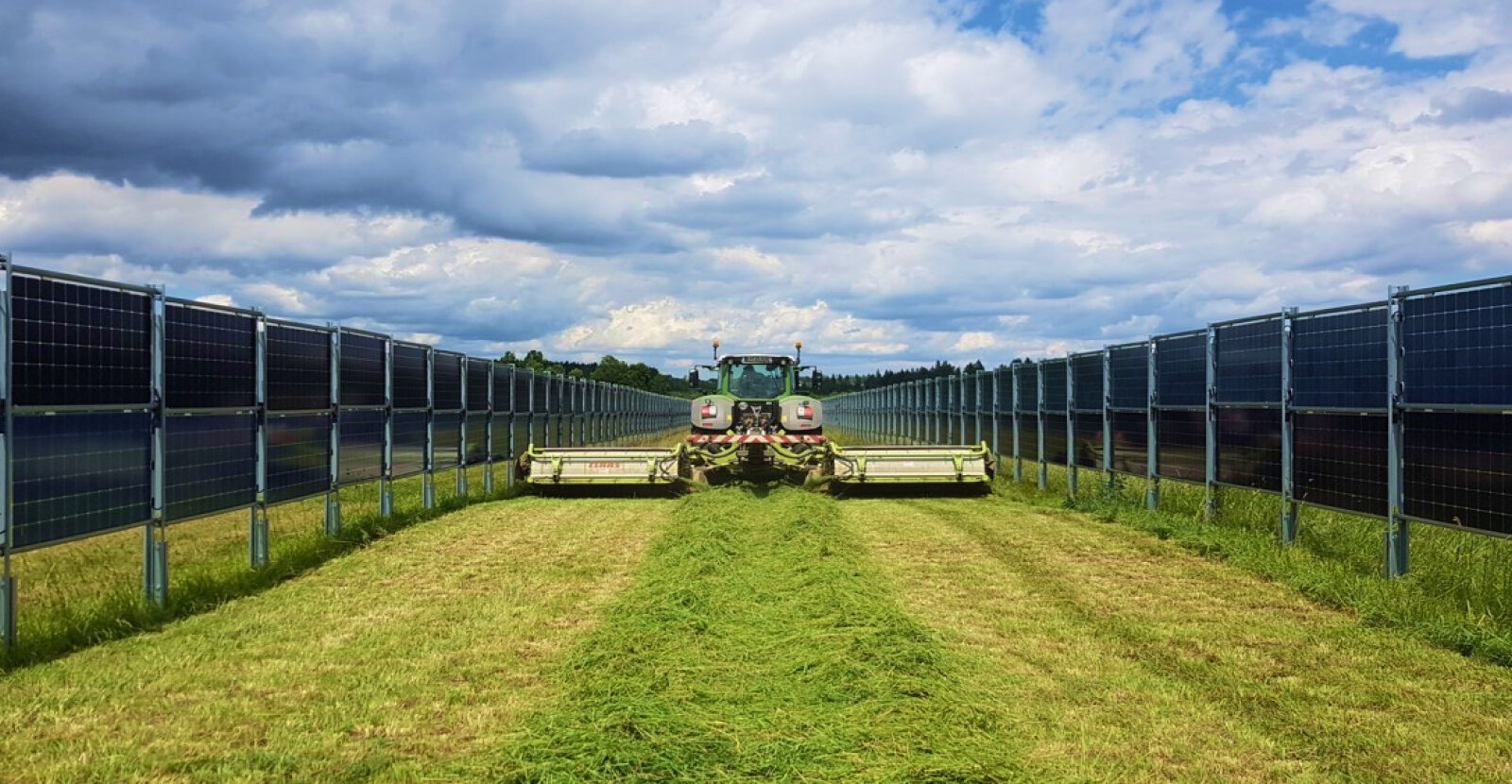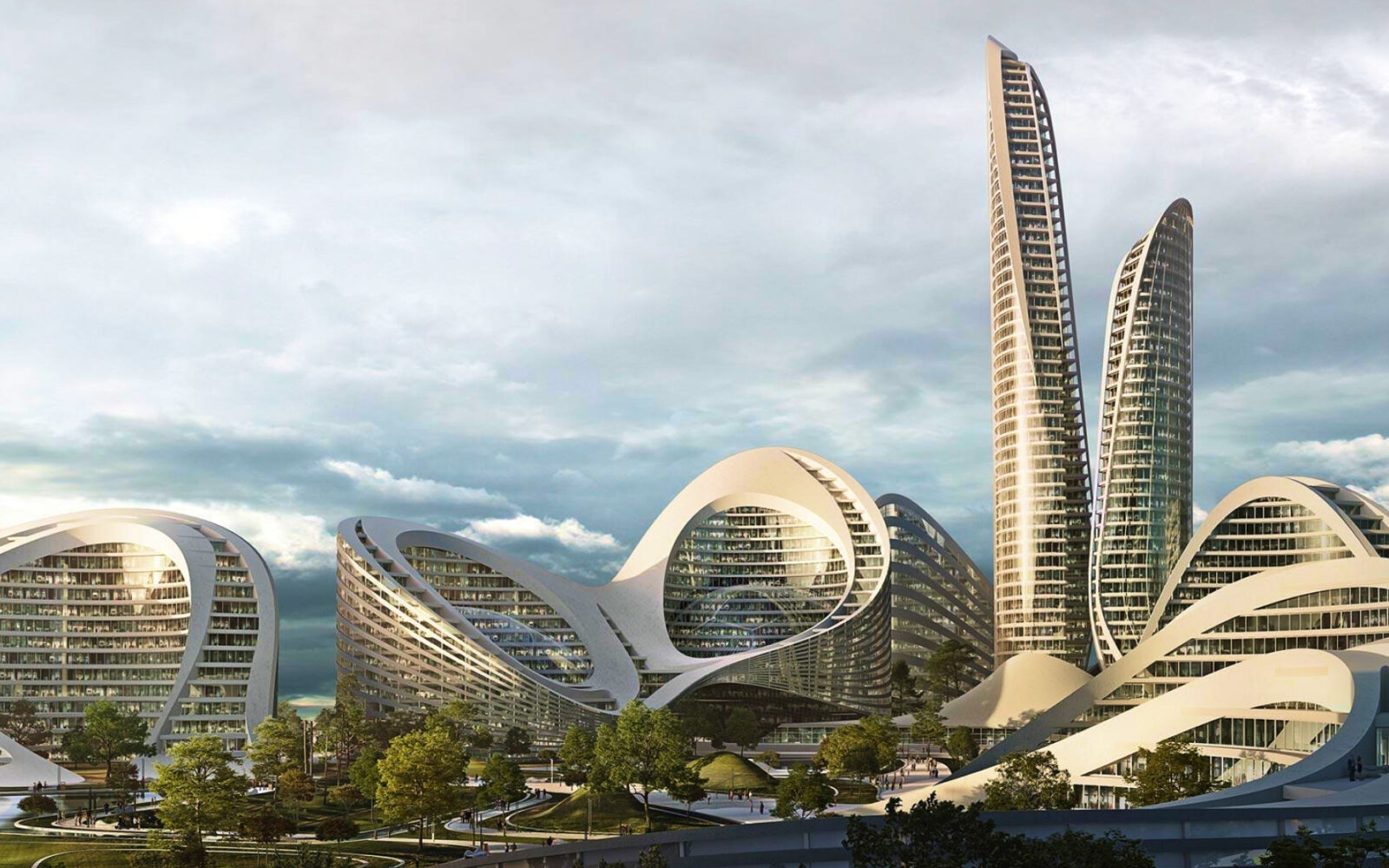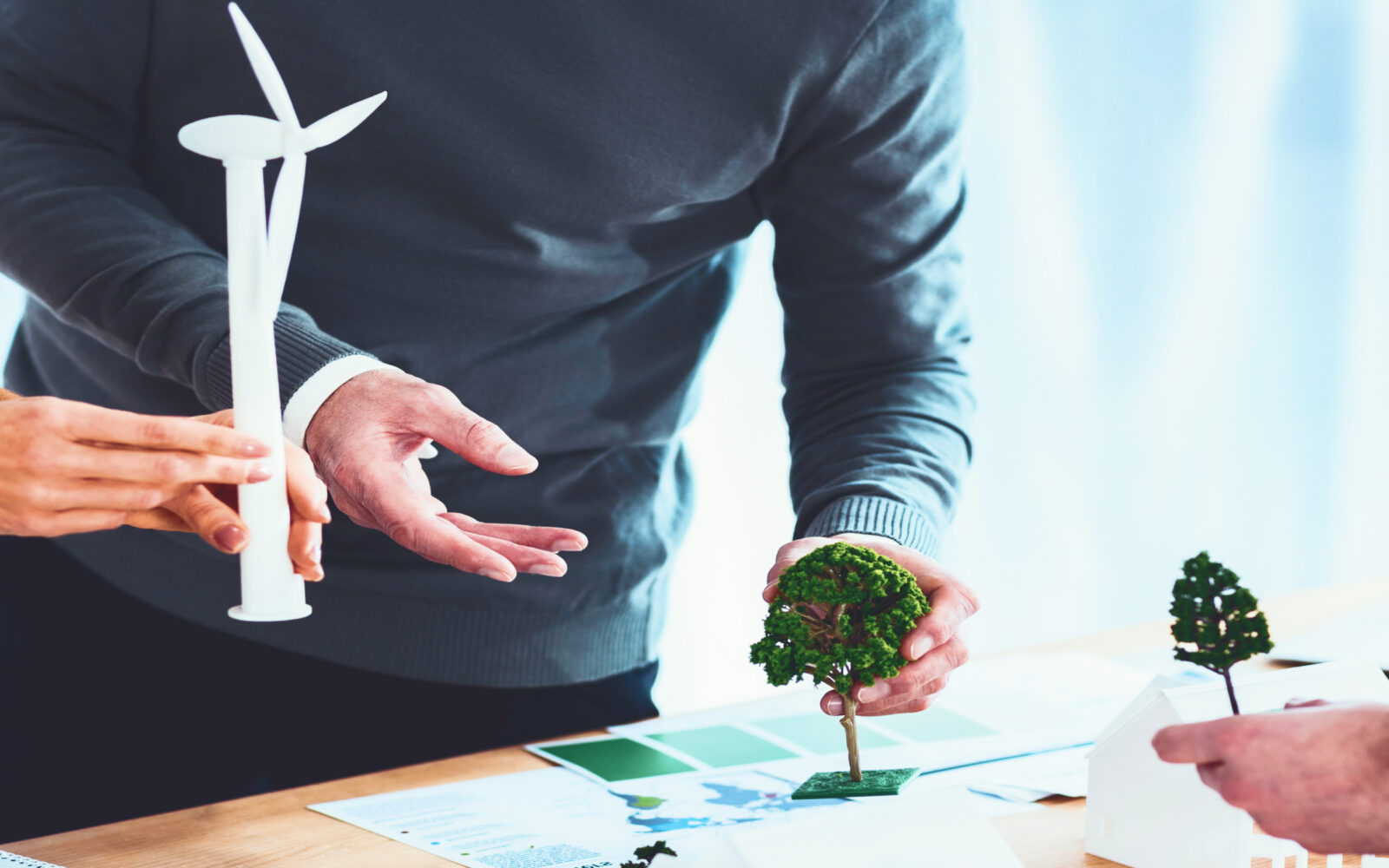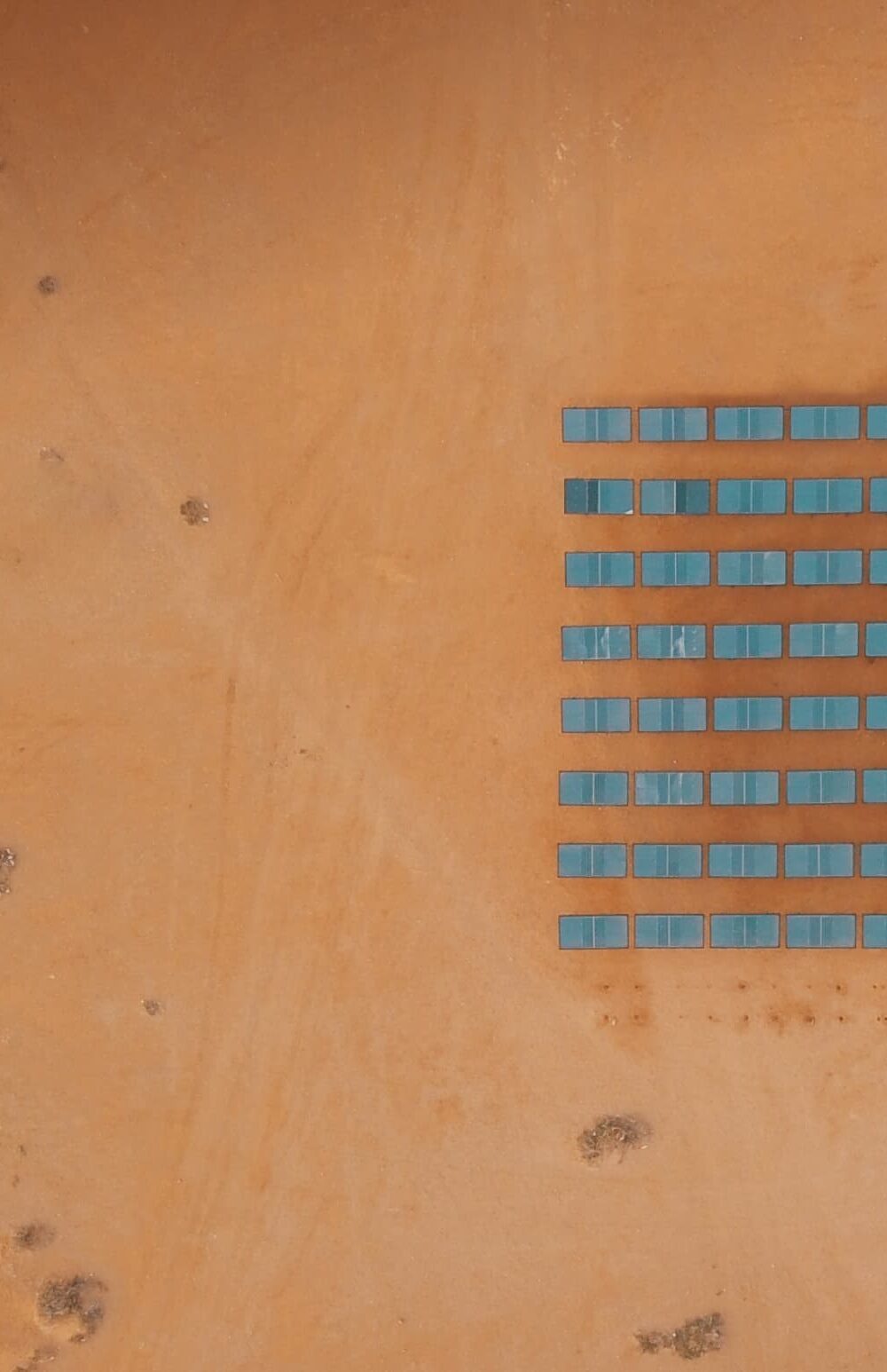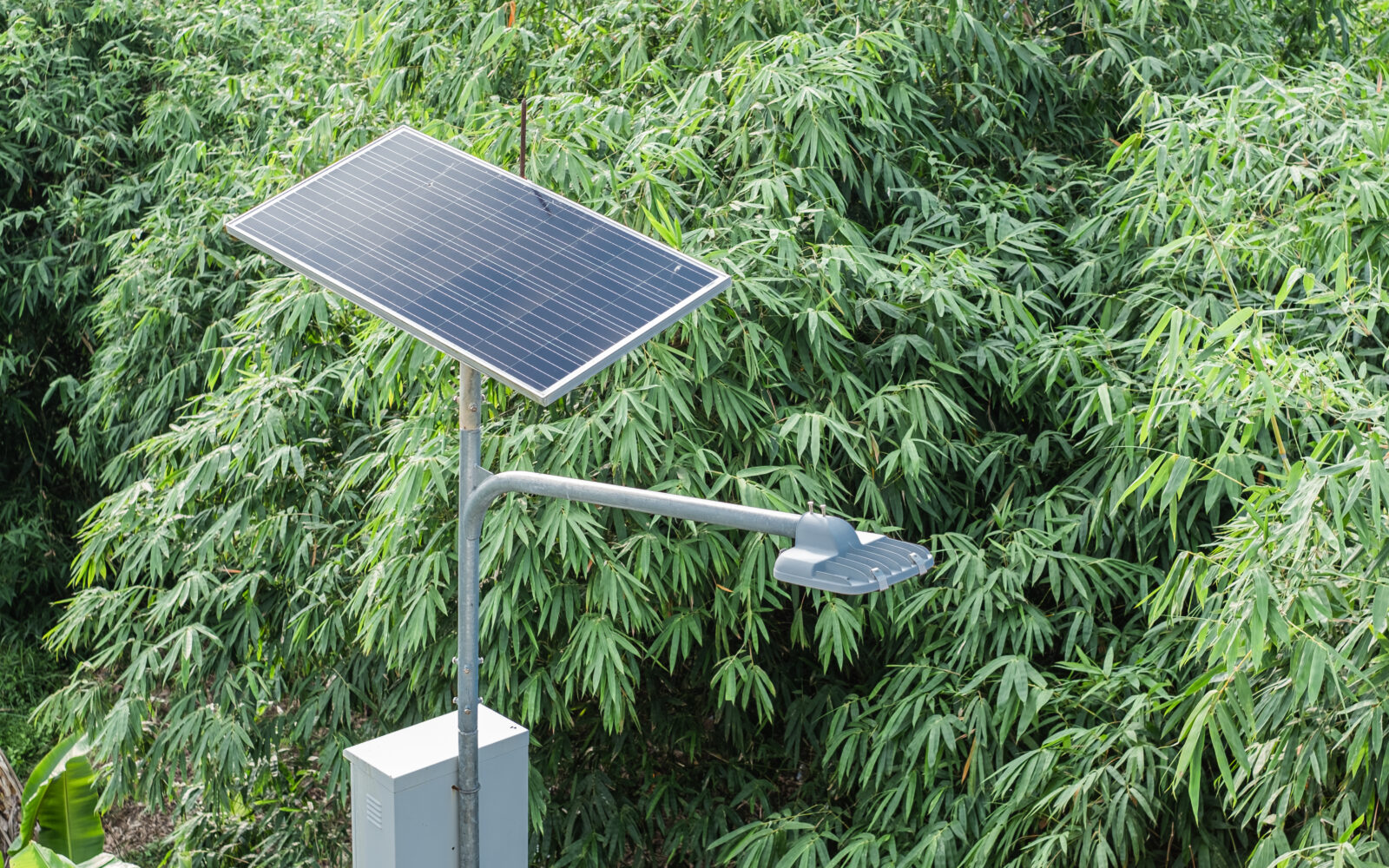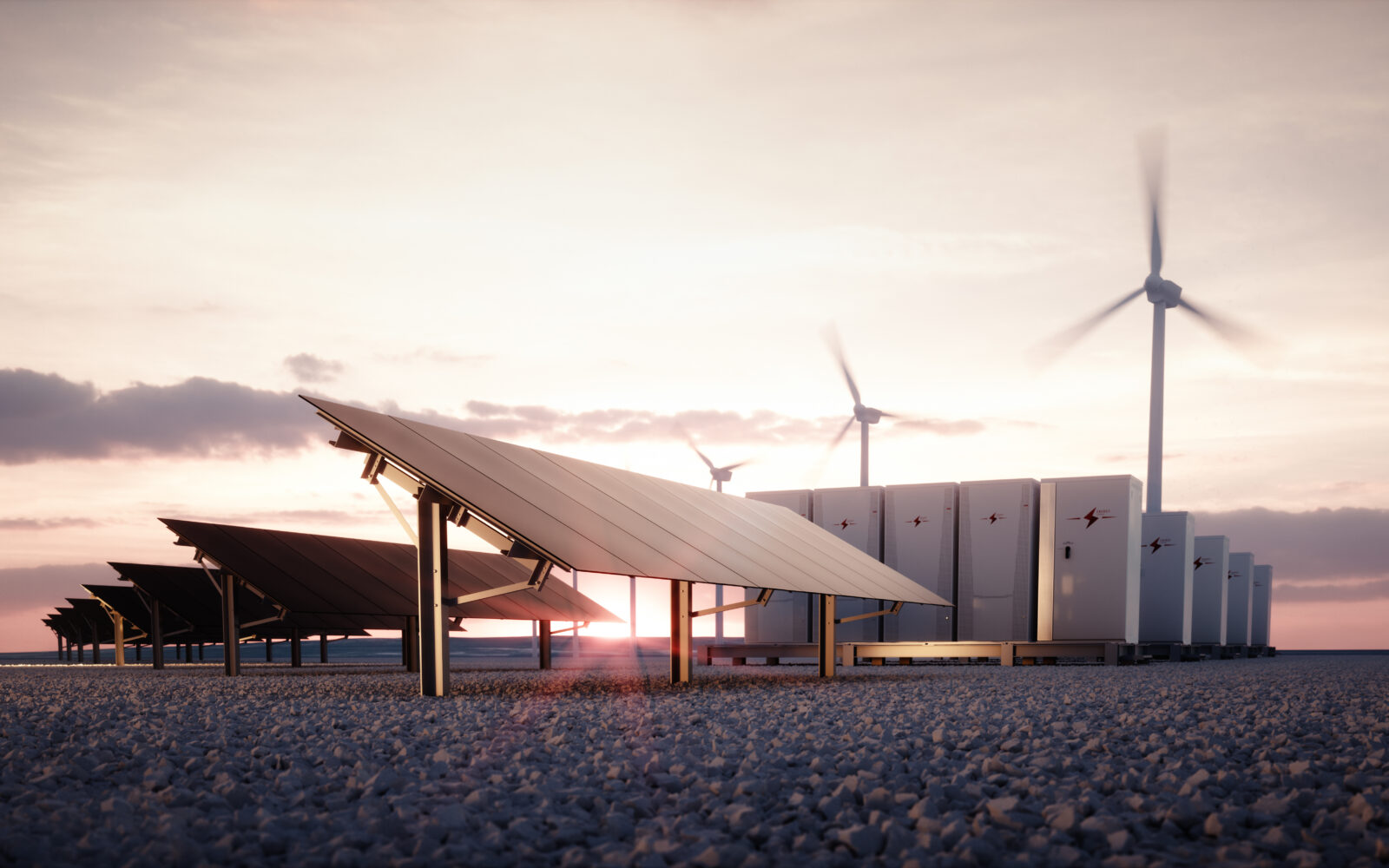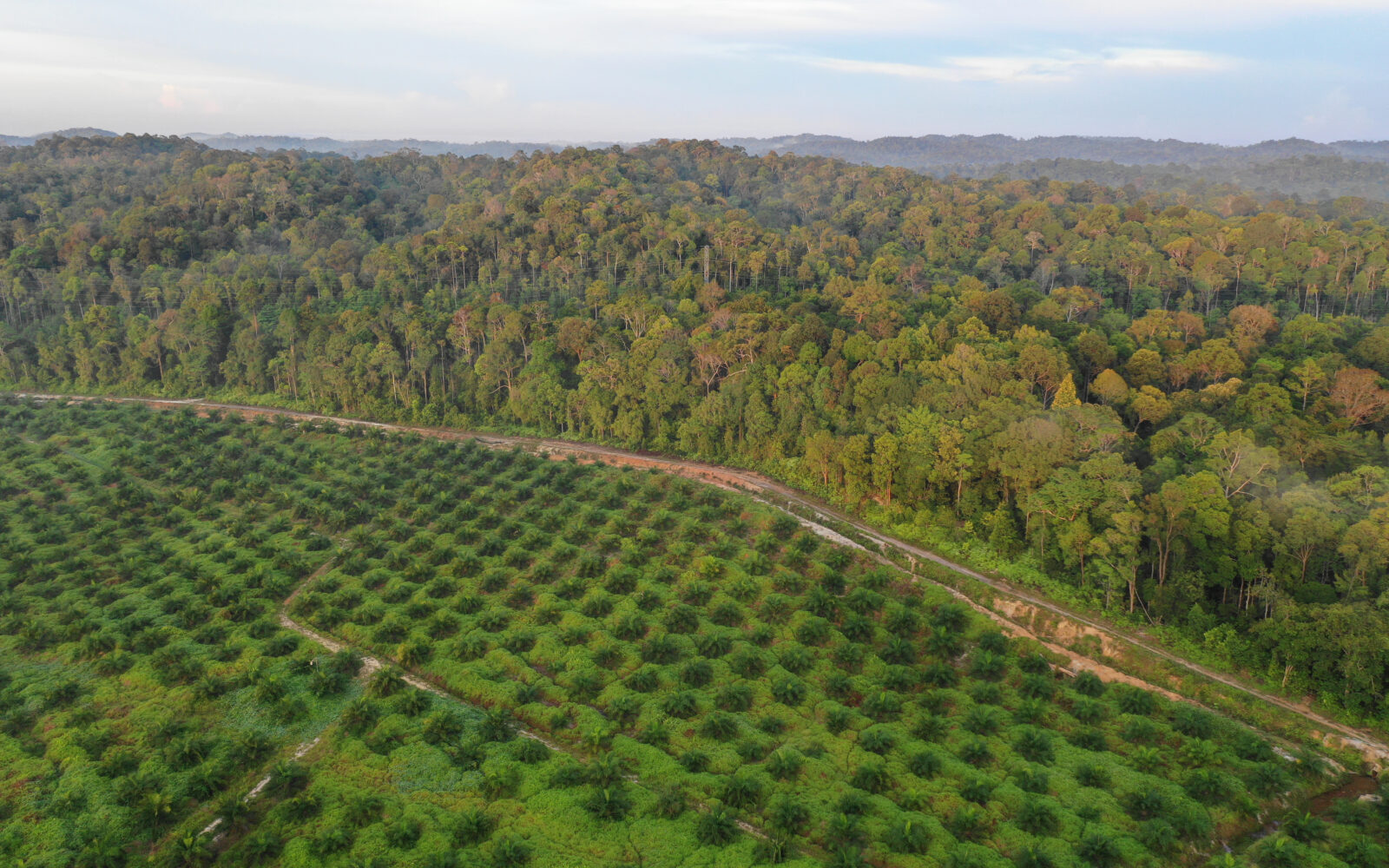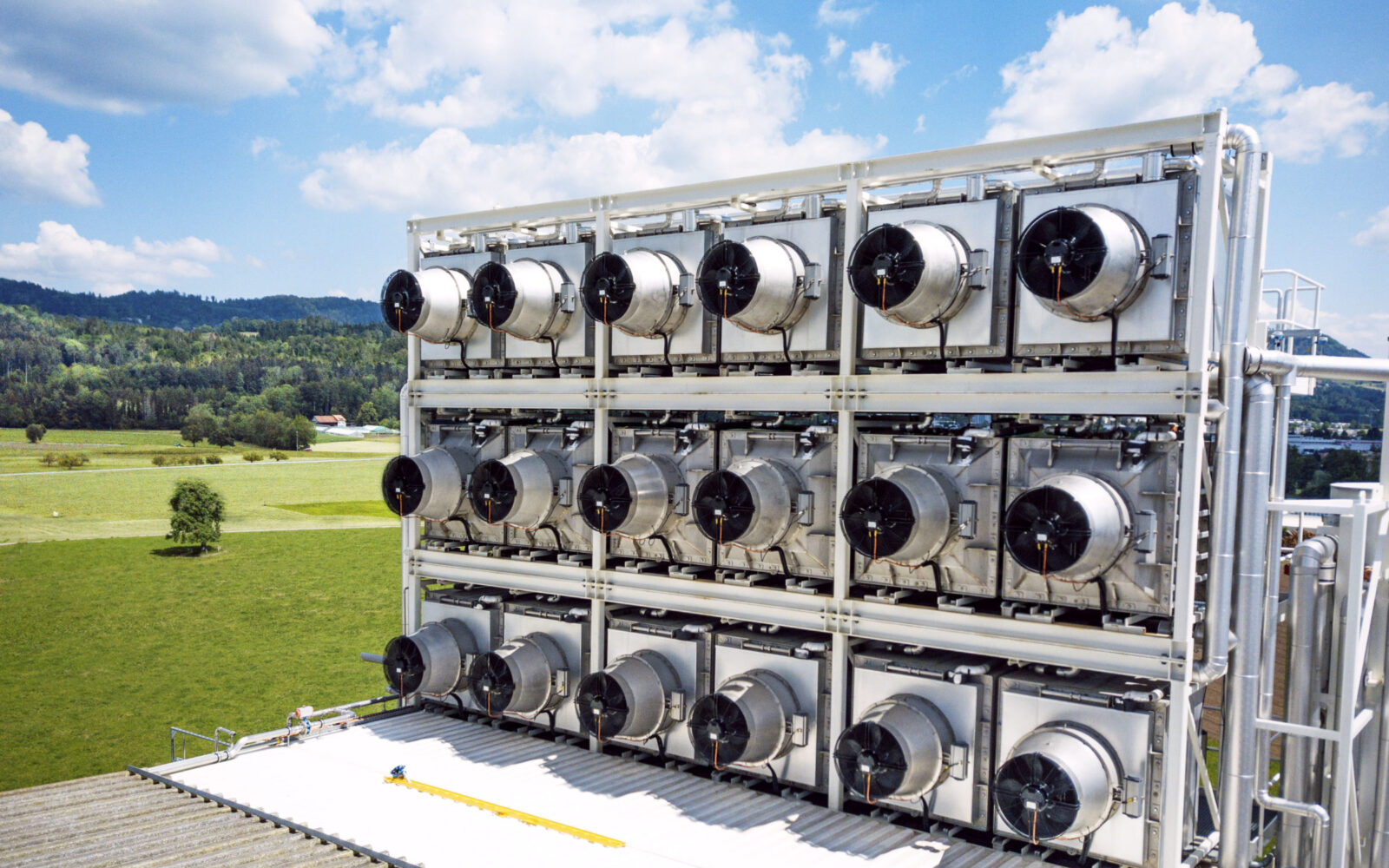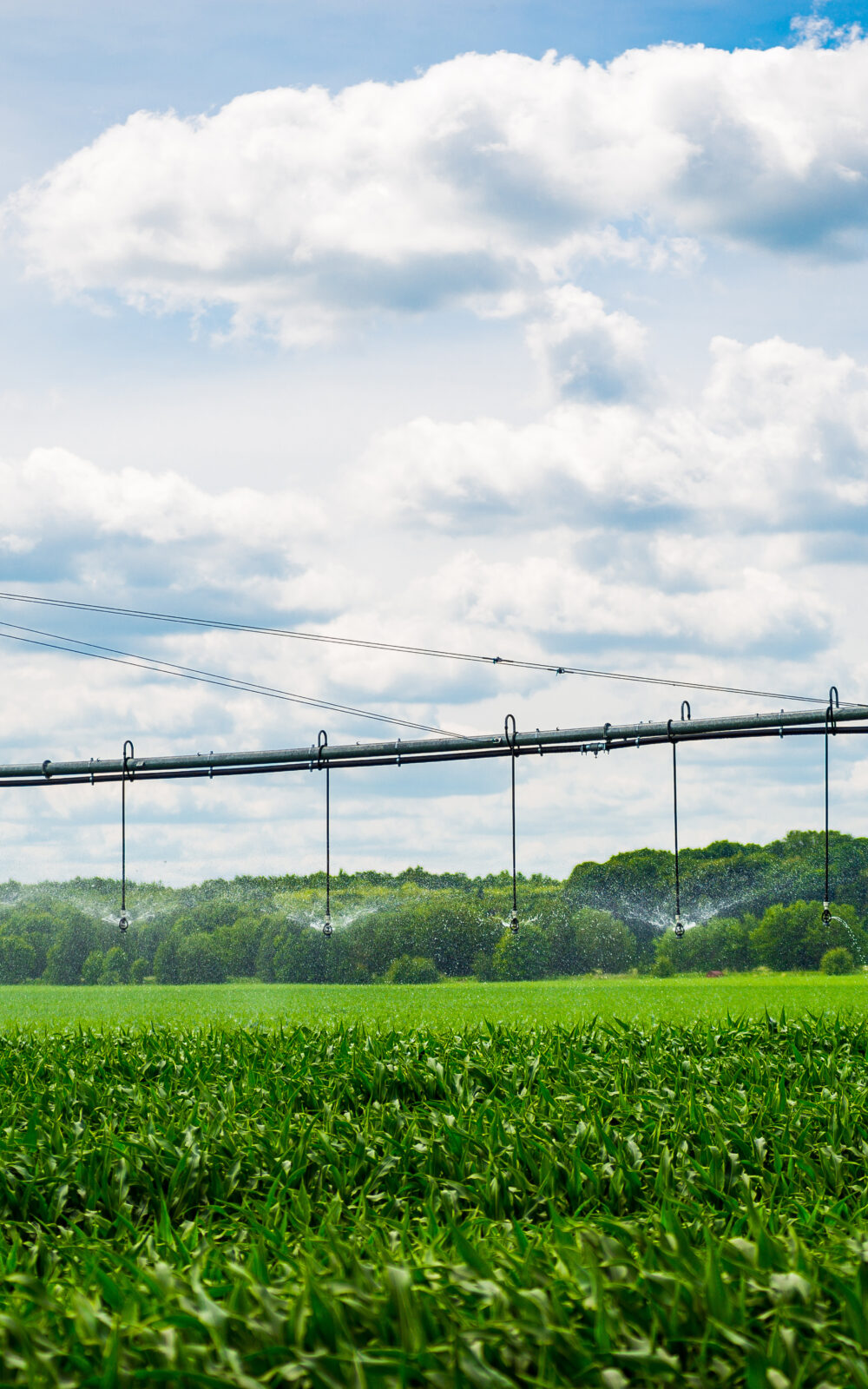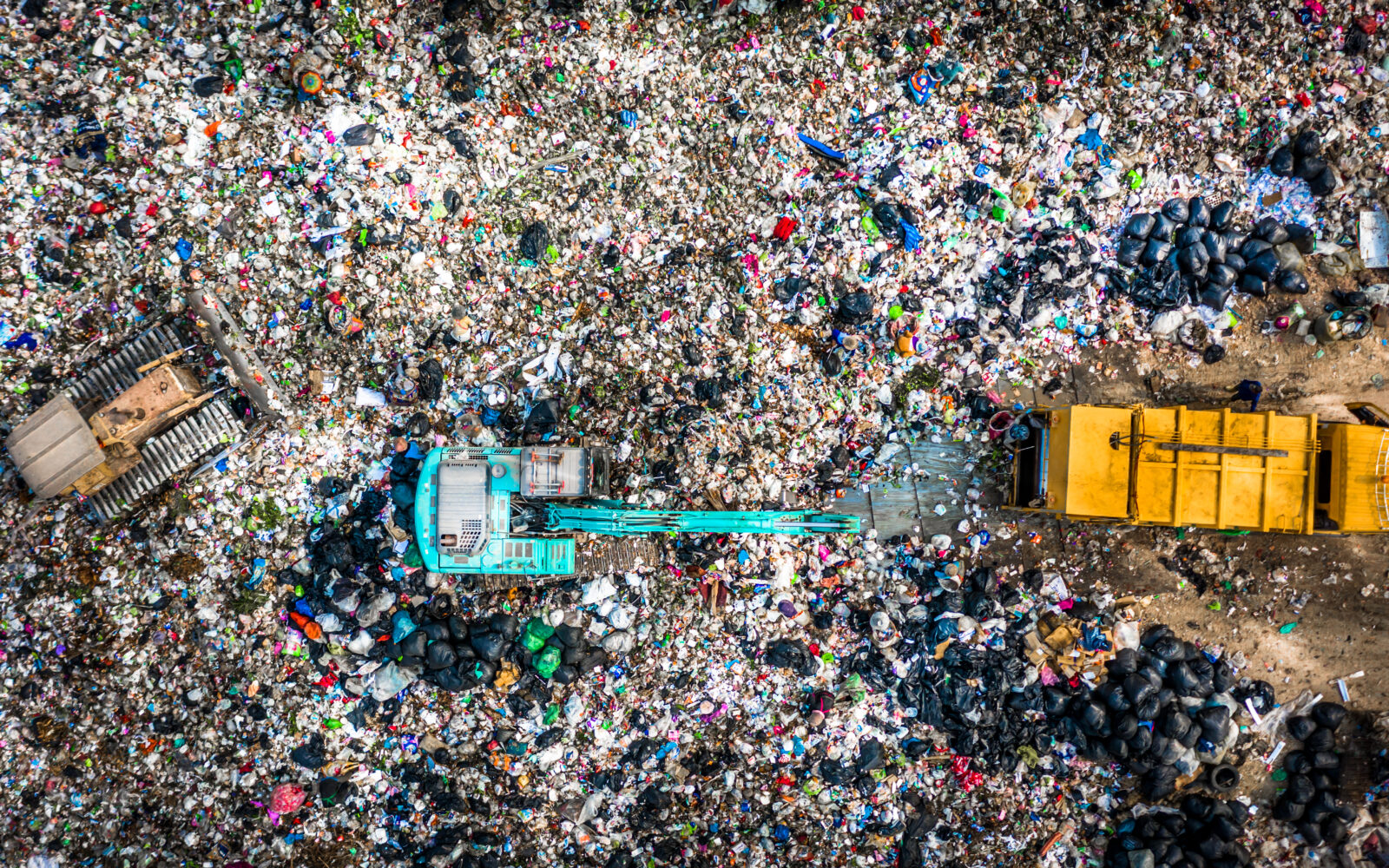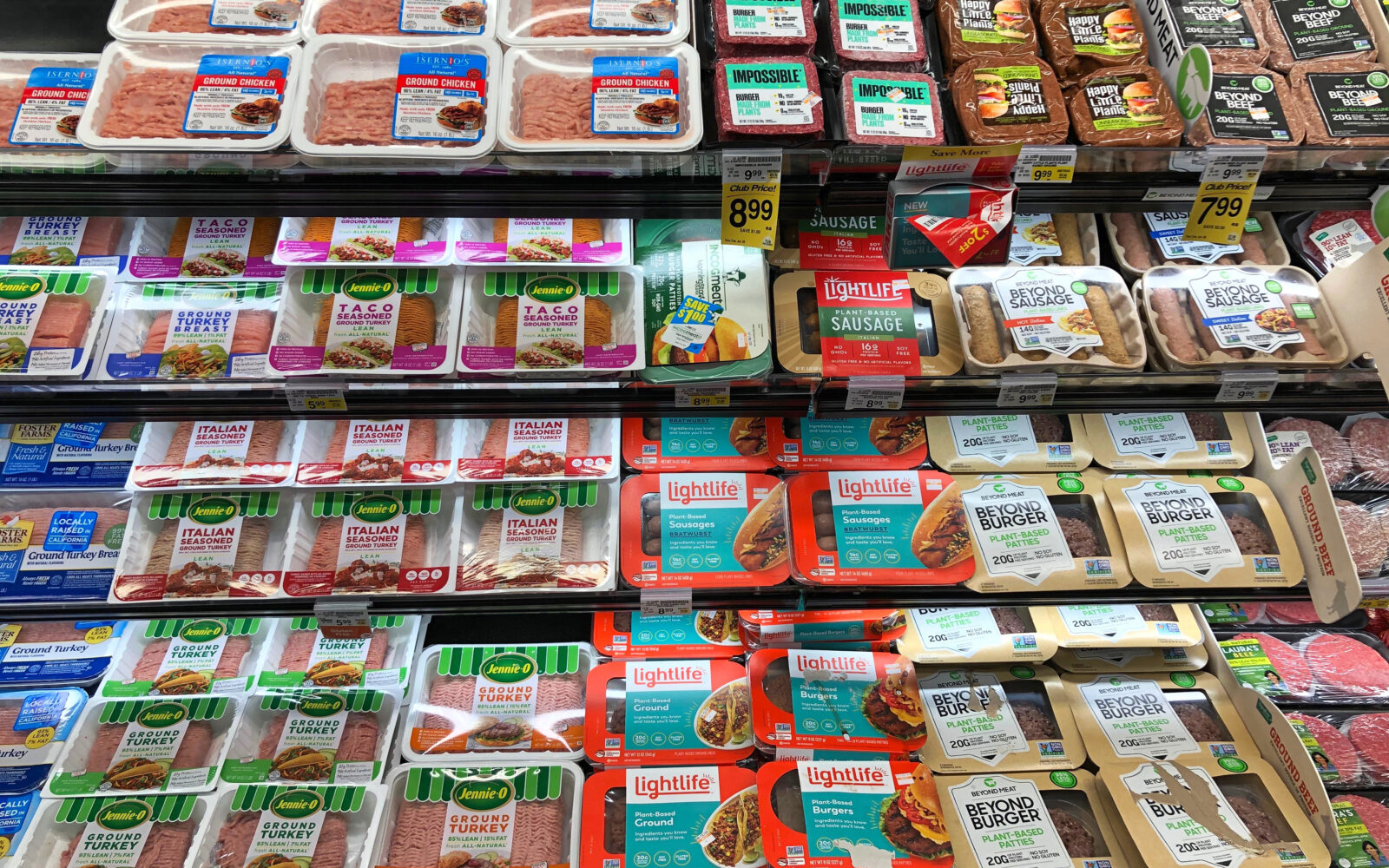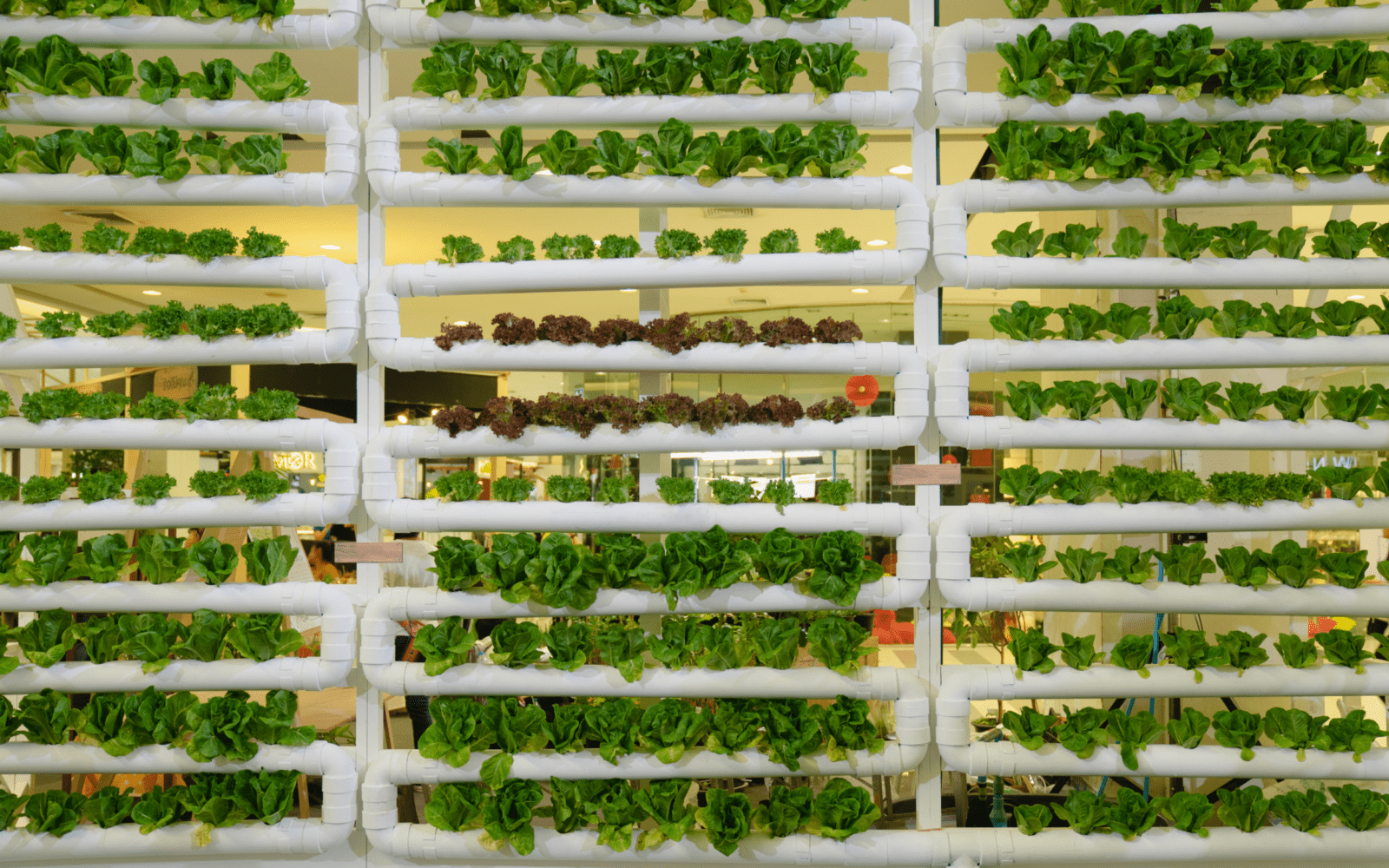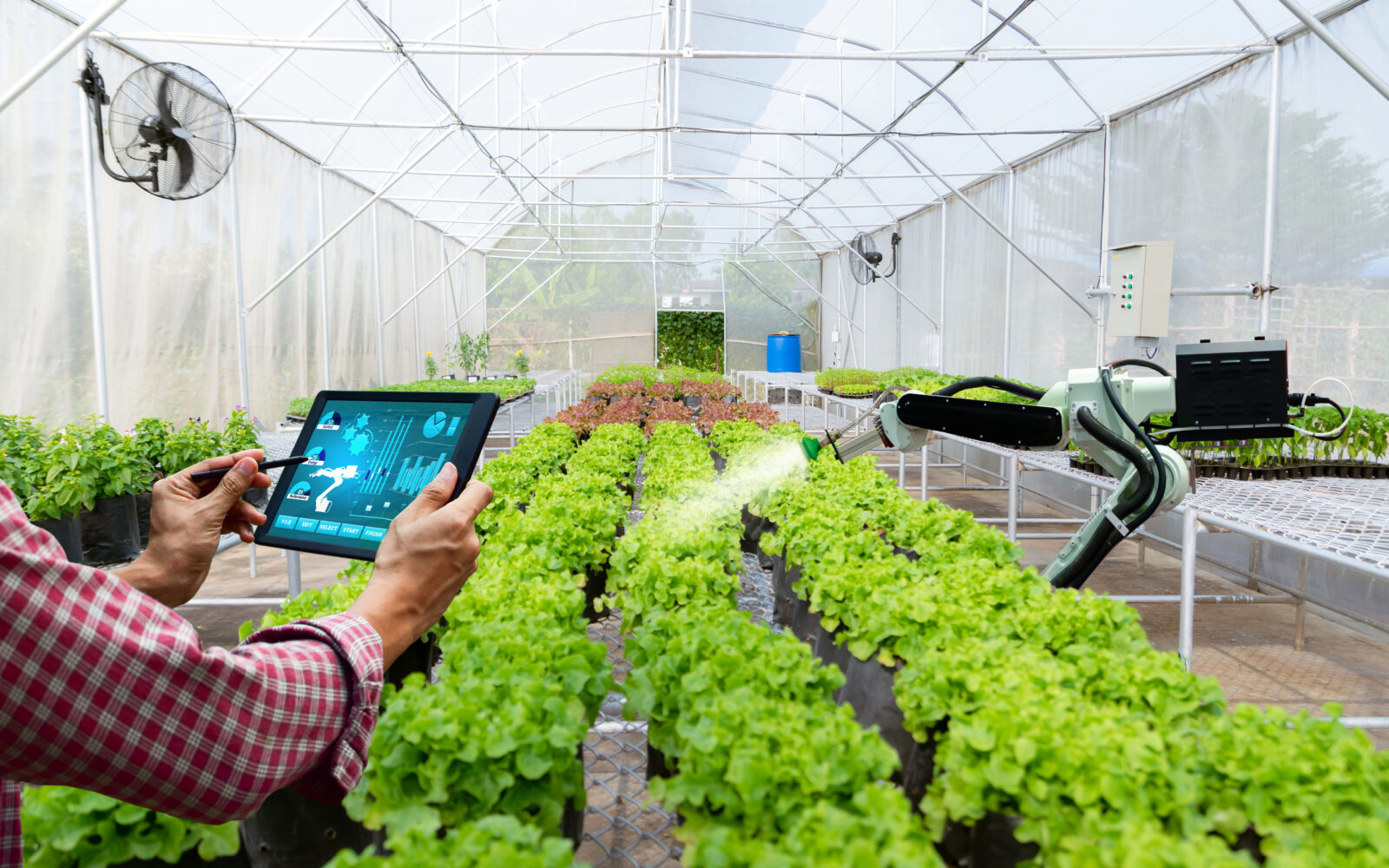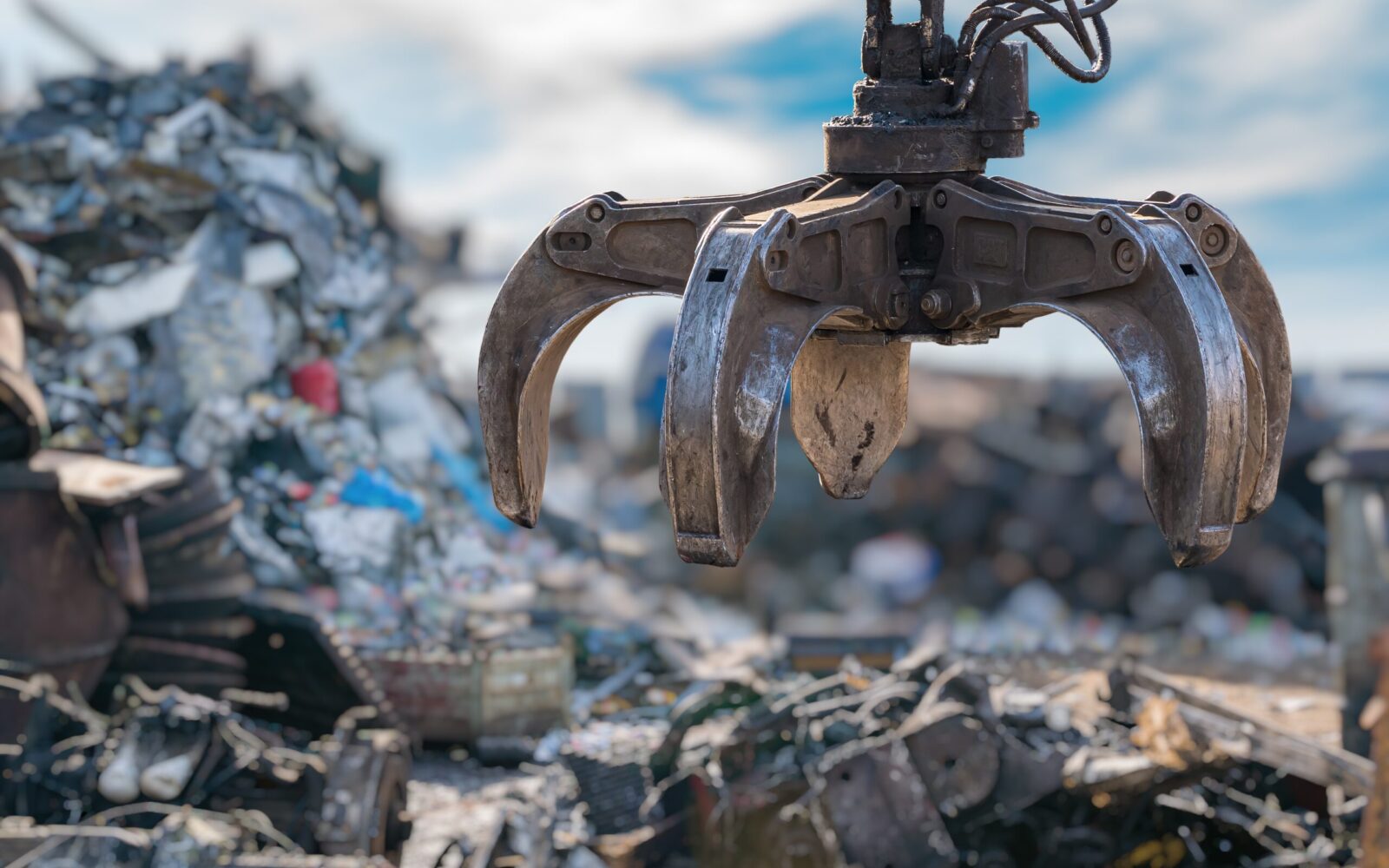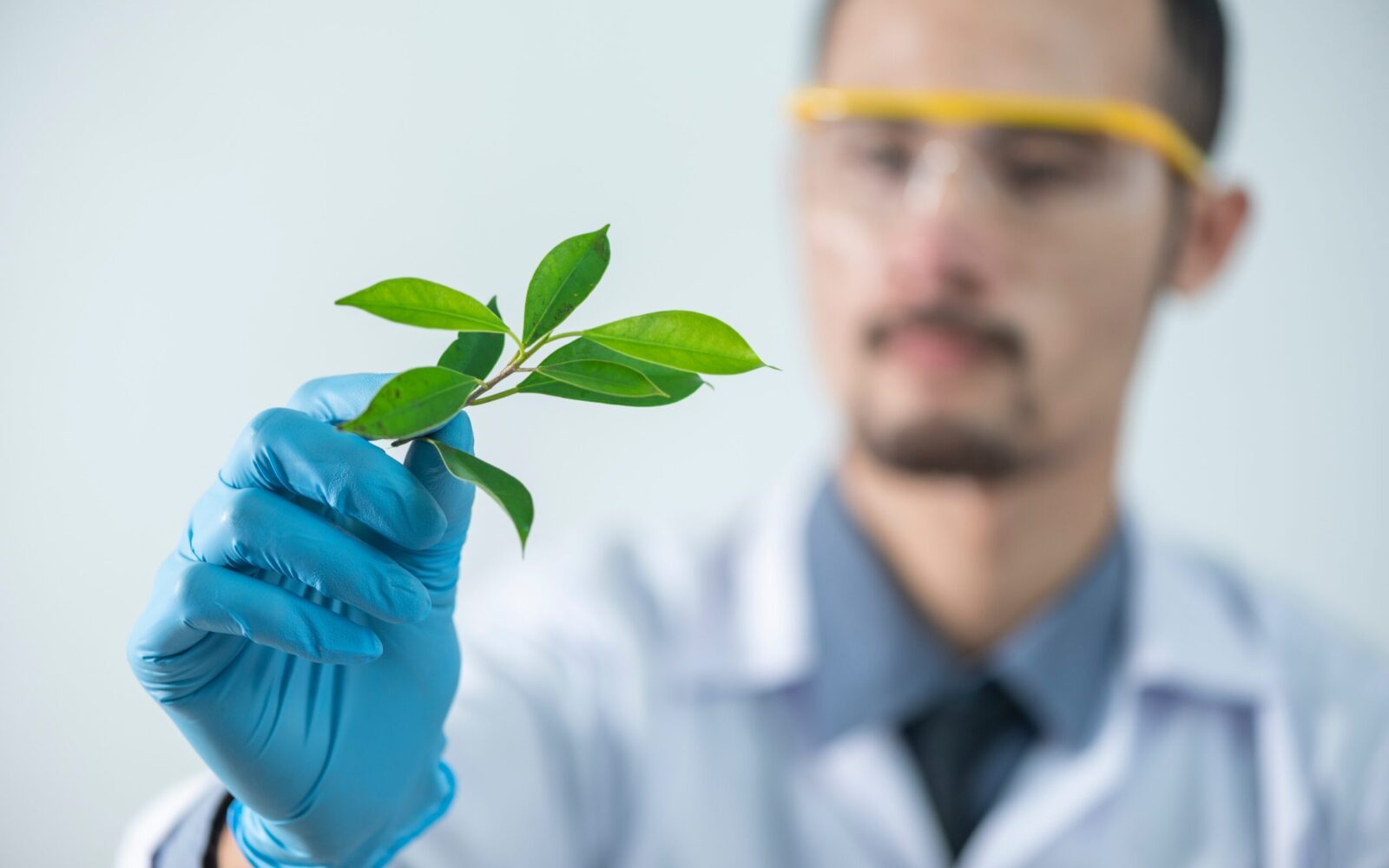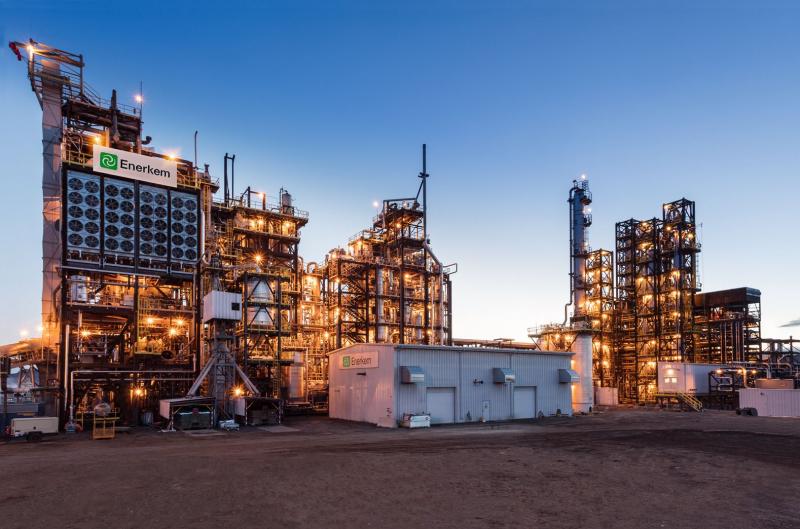Could green farming meet the conditions of sustainable farming while securing the global-scale food demand? Introduction to green way of agriculture that is free of synthetic inputs.
Have you ever heard the quote “New is always better?”. For many occasions that is true.
Take technology as an example.
Thanks to new technology people are able to achieve many amazing things such as: making transition to low-carbon industries imaginable or even achievable, saving lives from diseases that were life-threatening for us 20 years ago or exploring the universe in commercial rocket flights. That’s amazing!
As the new technology is shaping the future of sustainability people should not forget that “new is always better” is the mindset that brings us here, where humans need to always get more at whatever costs. People are threatening the planet as a commodity for their business while polluting our planet with plastics and toxics. The approach “Meh, nature will take care of it” is no longer tolerated.
People should take care of the planet. Well, no, people have to take care of the planet.
Finding our way back to nature through green farming
One of the most effective ways to pay back our checks to nature could be returning back to our roots where everything has begun. Go back to the moment when humans felt the sense of connectivity to our nature. Our ancestors knew that their lives depend on environmental health so they took care of it. Otherwise, they would not survive.
In the last decades, with half of the population moving to big cities we are losing that sense of connection. People just go and buy a salad in the grocery stores in the city. They don’t care so much about where it was grown and in what conditions.
The good news behind this sad story is that humans’ behaviour is changing. Now, in times after the strike of coronavirus pandemy people value much more than ever the taste of good, quality and local food. They want to know that the food is getting a recent level of attention and careness. Also, they are willing more than ever to support green farmers who have a different approach than big agricultural companies.
Different how?
Mainly by the relationship they have with nature. Big agricultural corporations that produce enormous amounts of crops and food transform nature and landscape to suit their own business. They destroy a biodiverse rich environment to create dead soil that is useful only to keep growing the one or two same crops all over the time.
In Czechia, for example, we have a big problem with agriculture monoculture of few crops’ species produced in mass amounts in a highly-efficient system. You can see oceans of oilseed rapes planted on landfills. We can expect that the only goal of those landfills is yield maximization. But at what costs? The ability to soak water – minimal. The ability to grow there different crops – minimal. The ability to avoid soil erosions – minimal.
These people should be experts and advocates in promoting healthy soil management and agriculture, yet it looks like they are more like the plunderers of our nature…. I don’t want to put all of these corporations together as I do believe that there are rising companies and start-ups that are healthy for our environment, but from a global perspective the situation is bad for now.
Green farmers on the other hand want to do business differently. Their values are in organic agriculture free of synthetic inputs, using only organic material to take care of their farms. It grew from the idea that soils safeguard biodiversity better if it’s nurtured with compost rathar than synthetic fertilizers. Soils can contain up to 7 % more organic matter if a composting method is used.
As John Reganold, an agroecologist at Washington State University said, “In many ways, green farming is leading the way towards food security and sustainability because it is a well-recognized farming system that is economically successful — and so more farmers want to try it. I think we owe credit to organic for that.”
The shift to more ecological practices in agriculture is noticeable. Green farming is practiced in more than 180, on more than 172 million acres of landfills. Both numbers are outstanding but in comparison to the global scale of farming, the green farming takes only 1.5 % of global agricultural land. The positive indicator is that this percentage has increased more than sixfold since 1999. And we can easily predict that the percentage will rise in the future.
Planet Ecofarm
We realise that immediate switching from conventional farming to green farming on a global scale is not sustainable for now as the technology is not at the required level. The efficiency of the process is not as efficient as in conventional agriculture. The widespread switch would leave billions hungry.
Unless we would increase the number of landfills that are used for agriculture, causing more damage than good for nature. Concretely 24 % of the natural environment into landfills to meet future demands.
The efficiency could meet the point in a hybrid approach called low-input agriculture. This approach has its core values in green agriculture but uses a dash of pesticide and chemical fertilizer only when needed.
The crucial point of the switch will also be the direction of consumer behaviour and food habits. Scientists report that a change towards more plant-based diet is needed to achieve global sustainable agriculture.
The future of green farming is more promising than ever. For now, the practices are healthier and better than those of conventional farming, but the efficiency is not at the required level to make a global switch to free of synthetic inputs farming. With a golden touch of new promising technology, we could one day in the close future hit that target. Many new initiatives and techniques are rising to support that switch.
Soon, we will take close insight on them.

